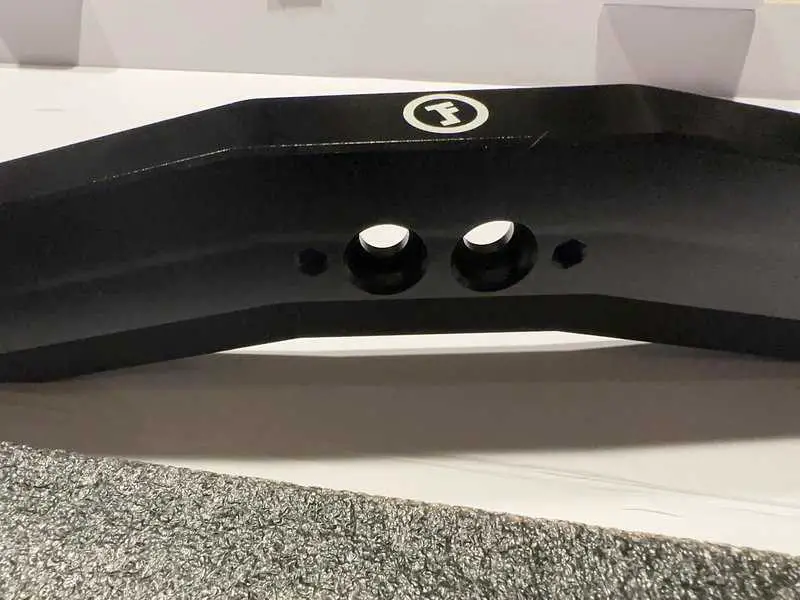
At last, the much anticipated rail drop for the GT has arrived. The iconic Bent-W shape rail is now available for the Onewheel GT. Little design deviation was done on these rails so riders coming from an XR WTF rail can expect the same feeling on the GT version.
The Float Life Homebrew WTF rails are the most popular angled rail for Onewheel. With the “W” shaping of the rail, it allows riders to experience a lowered center of gravity which improves stability without losing clearance. The upward angle of the footpads makes for a more secure ride and minimizes the speed wobbles.
The price for these rails start at $420.69 (The magical price that was for the XR’s) at the time. Bodhi Harrison took 1st place at the first race of the year at Wheel Fun Weekend which was the perfect debut for these rails.
What does the Homebrew Rails provide?
Its no secret that Future Motion cuts a couple corners on their design of the Onewheel. We love their board however one of the most challenging parts of the Onewheel is that their rails do not have threaded inserts. This leaves to stripped rails and riders opting for a more rugged rail. The stock GT rails do often get overheating complaints from riders which is due to the powder coating paint on the rails. Homebrew rails solves the problem. The Homebrew WTF lineup is growing: Here’s the line up so far:
- Homebrew WTF – Standard
- Homebrew WTF – Steep and Deep
- Homebrew WTF – Low Rider
- Homebrew WTF – BTG (Big Tire Gang) *Comes in Steep and Deep and Low Rider
- Homebrew WTF – Sidewinder
Sidewinders are the trail edition for the WTF series
Homebrew GT WTF Rail Material
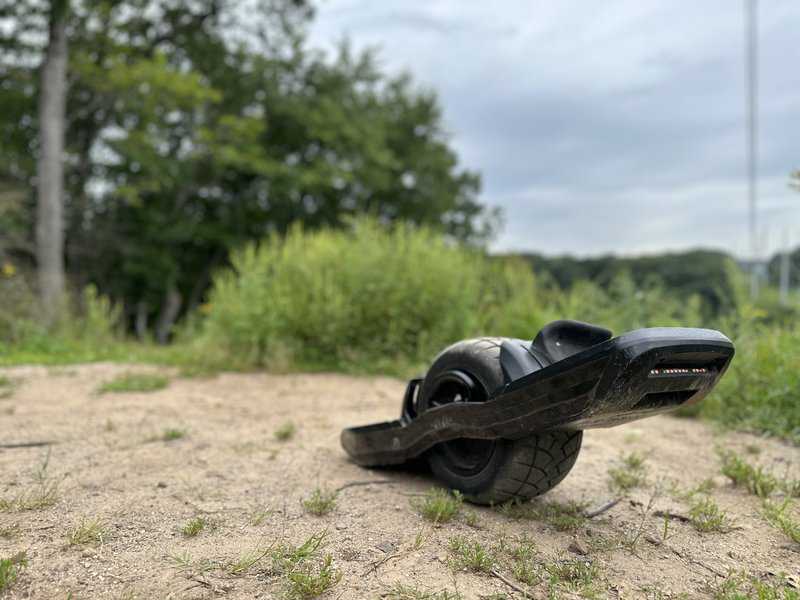
Made from Aircraft grade aluminum, the WTF’s are as rugged as a rail can be without adding weight. The GT WTF rails do come with some slight improvements. Float Life has added 1/4-20 accessory attachment threads at the hub for customizations along with an added airtag holder which doubles as motor cable retention clip.
The finish is a 2-stage pass that leaves a smooth finish allowing for proper heat dissipation. Currently they offer only 69 limited gold colored WTF rails to Float Life tier 2 members. Most riders riding on the new WTF’s will have to choose between black and raw aluminum clear coat.
Airtag and Motor Hub Retention Cable
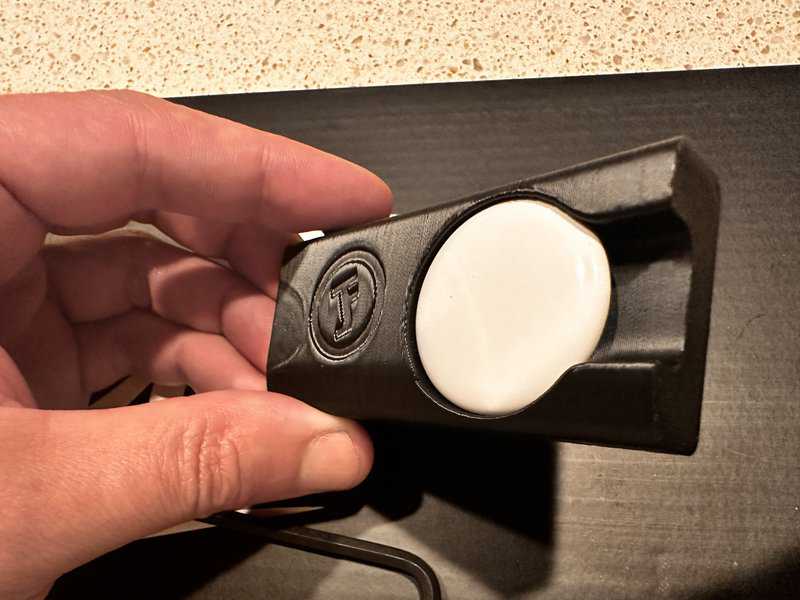
More and more riders are commonly sneaking an Apple Airtag into the Onewheel in hopes they can recover their board if it were ever to be stolen. The new WTF rails have an insert along the inside of the rail where you can use their plastic insert to hide and secure an air tag.
On the backside of this holder is a hub motor cable retention clip so it looks pretty OEM making it hard to spot that there’s an Airtag on board.
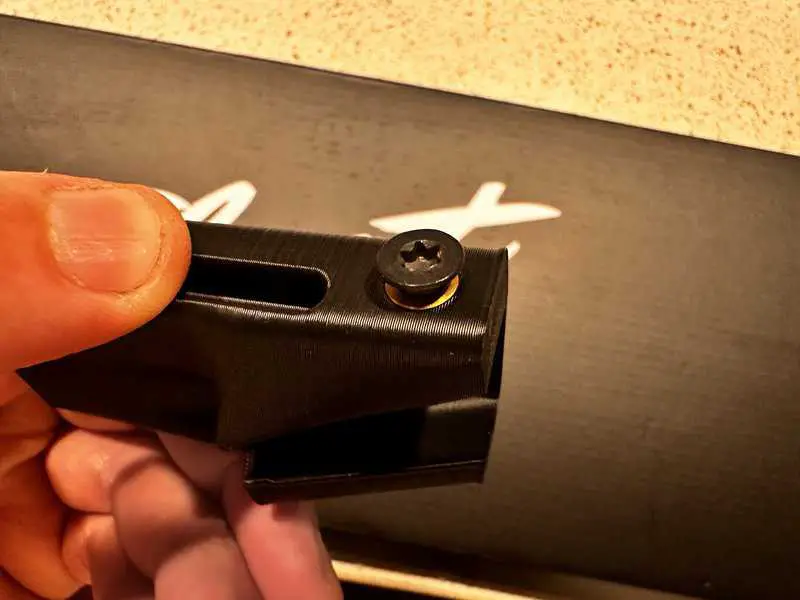
WTF Rail Install – 30 Minutes
With a TP25 Plus and TP45 Plus wrench, the install should take about 30 minutes. You may need a hex bit if you have FlightFins or Fangs installed. I keep all my electrical components connected during the install. You could remove the sensor wire but remember to twist the lock ring – not the wire itself.
WTF Rails Still Offer the Angled Ride For Speed
Yes the iconic “W” shaped rail provides the same amazing feeling it had on the XR now for the GT. With a “W” shape, the hub motor is raised up and the rider’s footpads are lowered. Due to the angled rail design, there is no loss in clearance. Being slightly lowered and angled centers the rider provides for this locked-in feeling you don’t get on stock rails.
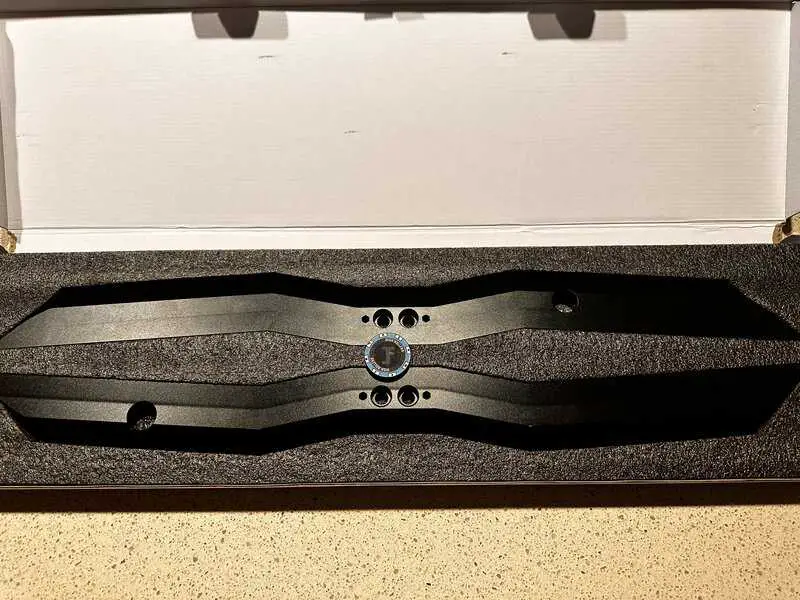
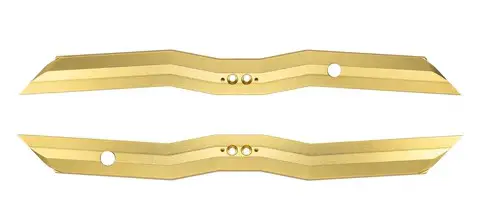
The WTF’s (Wow They’re Fast) are faster than stock rails because you can push the board just a little more. Professional riders tend to explain this as ‘riding pushback’. When pushback occurs the controller reconfigures level to alert the rider that they are approaching the danger zone. Riding this pushback without exceeding it is an art. With angled rails, pushback actually levels the rider so its almost intuitive to want to find pushback and ride it!
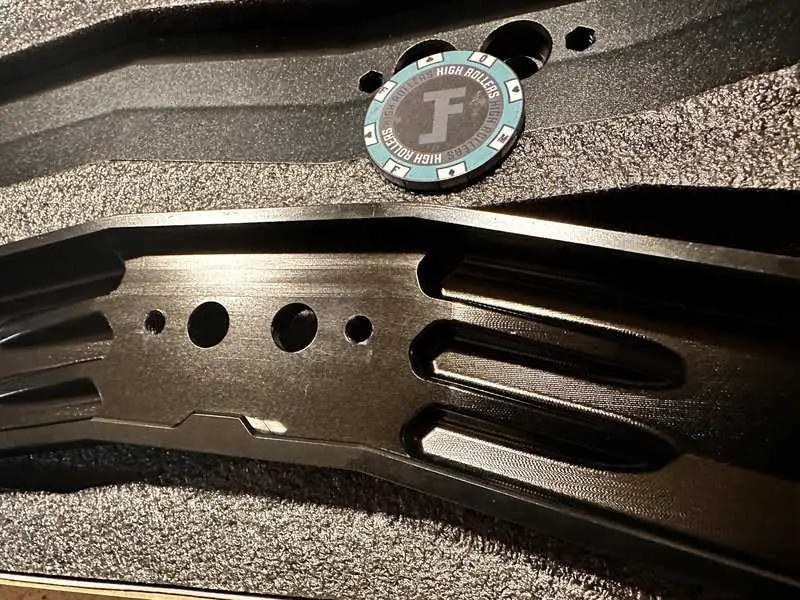
Tilt Kits and WTF Homebrew Rails
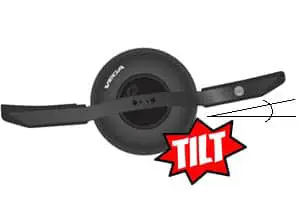
Because Onewheels utilize gyroscopes to find level, having an angled rail does throw off the level ride. Initially riders purchased tilt-kits which were literal wedges added underneath the controller to trick it into being level.
With the ability to now reconfigure level by changing the tilt digitally (digital tilt), there really isn’t much need for a physical product.
Are Tilt Kits Needed For WTF Rails?
A tilt kit or a digital tilt isn’t necessarily needed for WTF rails. Balancing at a standstill, you will notice that the controller side will be lower because it is seeking level. Pushing the board to accelerate will dip the nose down (as with stock rails). Because the WTF rails are angled upward, there really isn’t much concern for clearance.
Again, as stated by pro riders, this dip in the nose is incentive to quickly ride to pushback and ride pushback. This gives the rider the level ride they want and also hit some crazy speed while doing so. You don’t need to hit pro speeds to ride level however, this guide can walk you through modifying digital tilt for the Onewheel GT. Its reversible and works for Pint, Pint X and XR. Riders from the XR era were able to modify this within custom digital shaping however currently this feature has yet to be released for GT.
Modifying the nose elevation within the Onewheel app was the cheap and easy way to fix the tilt. If its a concern for you, just know that digital tilt mods can be done to the board.
How is Riding Backwards on WTF Rails?
The anatomy of a Onewheel makes riding angled rails backwards a little wonky. Because the controller that seeks level is in the nose side of the board (sensor side), when riding backwards, the board is very much off kilter. When riding switch, it will feel like an elevated ride. Changing this with digital tilt or custom shaping can mitigate the issue.
How are the Onewheel GT WTF Rails Fast?
The main complains of the stock Onewheel GT is that it is too top heavy. Lowering your center of gravity with custom rails can secure you when pushing to faster speeds. This gives less issues with speed wobbles. The trick for the XR WTF rails was to ride Mission and go for pushback. This levels the ride out and you’re hitting top speed.
The rails make riding pushback feel natural. Riding pushback will give you top speed. For the GT, I anticipate the perfect combination to be Flow digital shaping and ride pushback. Riding pushback takes practice. Feeling where the nose dips is going to save you from a nosedive. I am not condoning riding pushback, but simply expressing where the WTF’s get their speed from.
WTF’s Solve Stock GT Rail Syndrome
Due to the powder coating, the stock GT rails are notorious for overheating (typically for riders over 190 lb). Stock rails also ride a little top heavy. Stock rails may be prone to stripped threads. While the WTF’s are no longer the only option for an aftermarket rail for the Onewheel, they have a great reputation for giving a rider a sense of ride security. There’s a reason riders choose angled rails with a lowered center of gravity – they feel great!
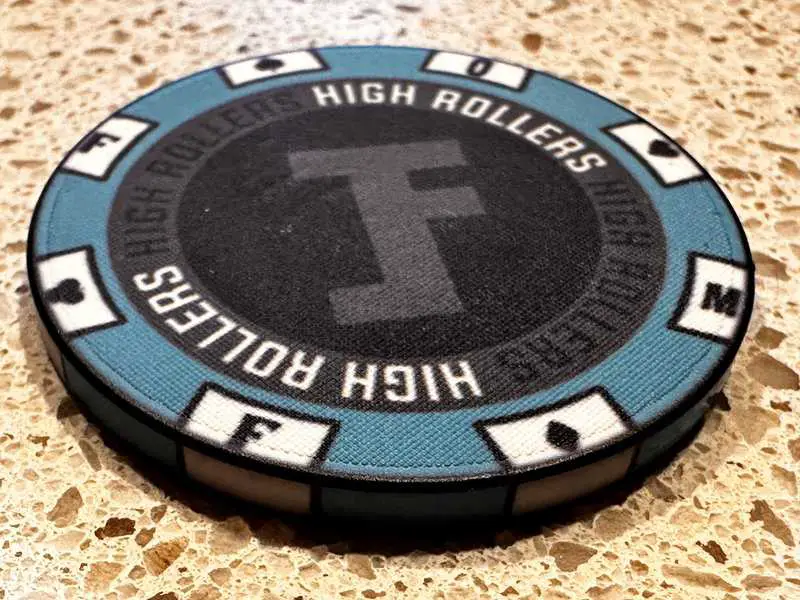
Now that Lightning, Mustache and Tech rails all provide some advantages over stock rails, it will be interesting to see which rail becomes the overall fan favorite. I have my bets on WTF’s.

One thought on “WTF Homebrew Rails for Onewheel GT”